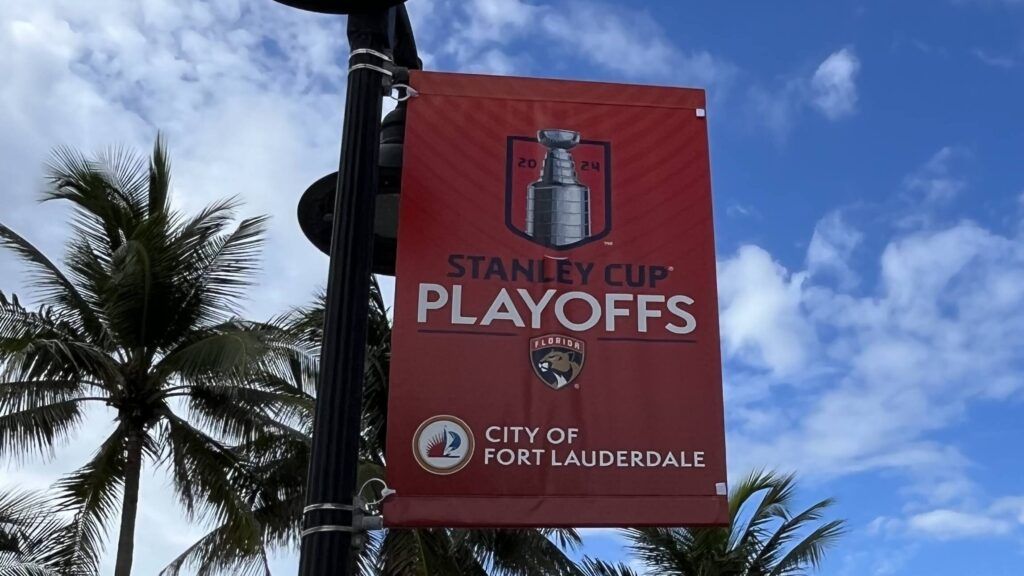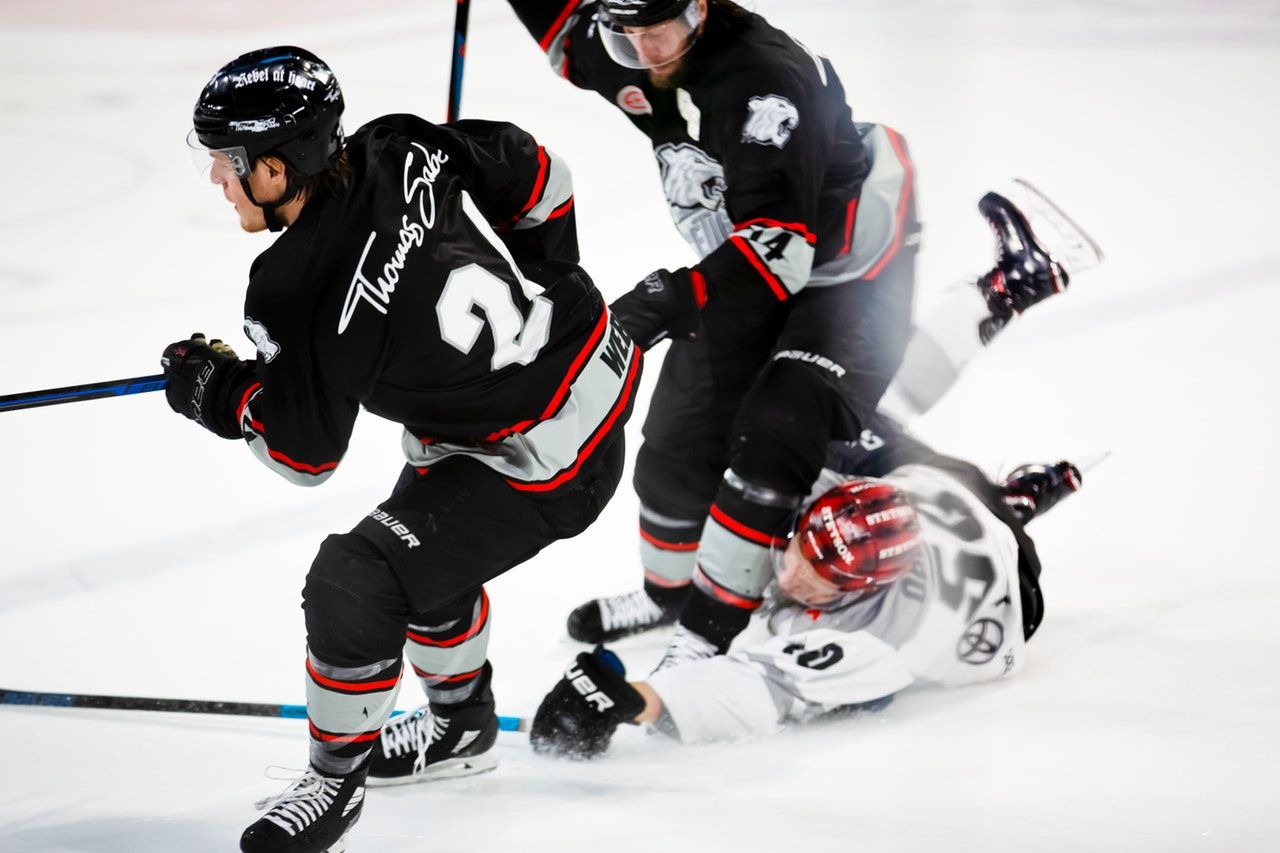Cannabis on the Rink: How Legalization is Impacting NHL Players
Cannabis use among NHL players has become an increasingly relevant topic as societal attitudes toward marijuana shift and as various regions, including many where these athletes reside and compete, have moved towards legalized cannabis. This change has notably influenced openness regarding cannabis usage in professional sports, including hockey. The NHL, which operates teams in both Canada and the United States—countries with different legal stances on cannabis—provides a unique case study for examining these trends.

Historically, cannabis was categorized as a banned substance across major sports leagues. However, the NHL has adopted a more progressive approach compared to other pro sports leagues. The league does not list cannabis as a performance-enhancing drug and thus does not impose the stringent penalties seen in other sports for positive tests. This policy reflects a wider understanding within the league of the potential medicinal benefits of cannabis, especially as an alternative to traditional painkillers, which can have debilitating side effects and high addictive potential. This shift is partially influenced by former players like Riley Cote, who have advocated for cannabis as a tool for recovery and pain management, citing its effectiveness in dealing with the physical demands and injuries inherent in professional hockey.
In recent years, there has been a noticeable trend towards increased acceptance of cannabis use among NHL athletes. This trend parallels the general shift towards the legalization and normalization of marijuana in society. Canada’s nationwide legalization of cannabis in 2018 and the growing number of U.S. states where cannabis is legal have also contributed to this trend. Many players are Canadian or reside in states where medicinal and recreational cannabis use is legal, which likely reduces the scrutiny and potential legal ramifications associated with its use.
Factors influencing these trends extend beyond legal changes. The perception of cannabis’s role in athlete health and wellness, with growing emphasis on its potential to aid in recovery and reduce reliance on opioid painkillers, continues to be re-evaluated. The conversation within the NHL and broader athletic community reflects a shifting perspective, where holistic and preventive health measures are increasingly valued over traditional methods. This change is crucial in sports like hockey, where the physical toll on athletes can be severe.
Overall, the trend of cannabis use in the NHL reflects both societal norms changing and advancements in understanding cannabis’s potential benefits. As more athletes and sporting bodies continue to embrace these changes, the role of cannabis in professional sports will likely continue to become accepted, shaping policies and practices centered around athlete health and performance optimization.

